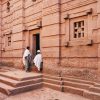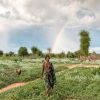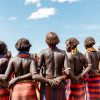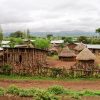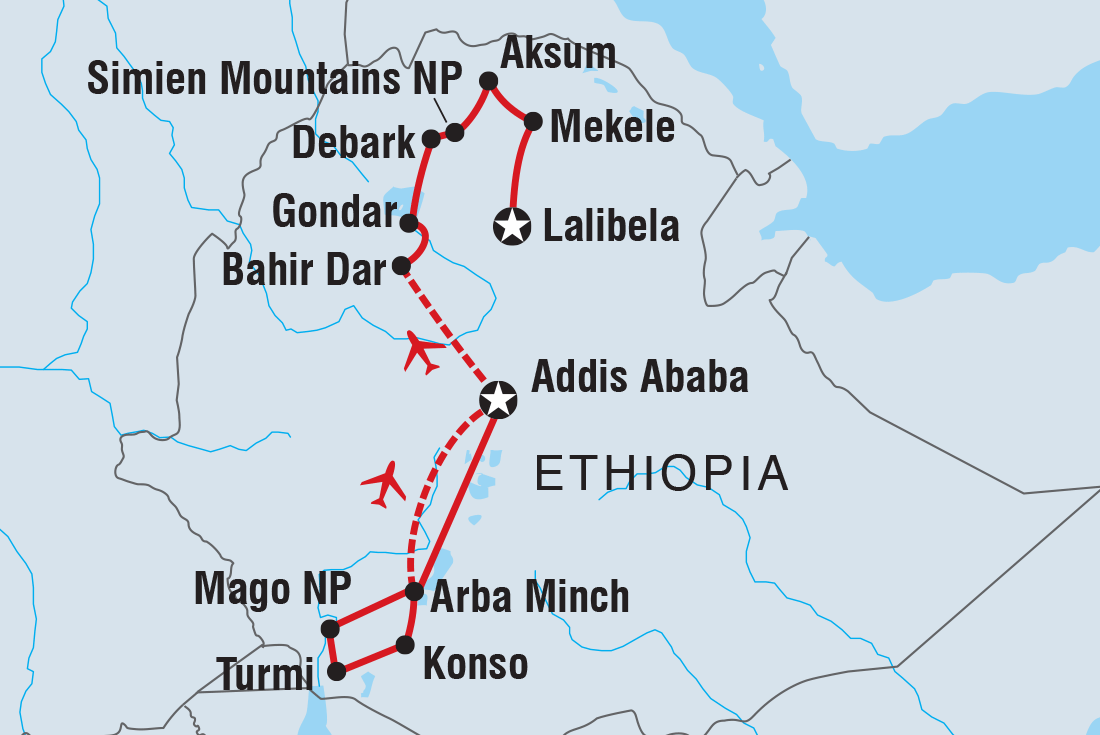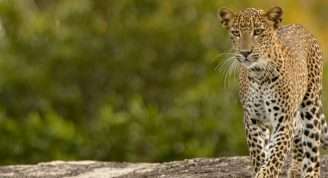Description
Travel to Ethiopia and discover a beautiful country, barely touched by modern society. It’s an incredible combination of history, tradition, culture and nature. From 3 million-year-old fossilised hominid remains in Addis Ababa to the rituals of the Ari, Hamer, Konso tribes and more through to amazing rock-hewn churches, hidden crypts and grottoes in Lalibela – this trip take you deep into human history. The 500-year-old monastery islands of Bahir Dar, the elegant castles of Gondar, the majestic geological formations of the Simien mountains, the giant obelisks that rise out of Aksum, and even the rumoured home of the Ark of the Covenant. This 19 day trip travels through the villages and wildlands of Ethiopia, taking in views of the Blue Nile and trekking to the peaks of the Simien Mountains (meeting red chested Gelada baboons). You’ll be sure to taste the country’s famous coffee and delectable cuisine, and meet the genuine and friendly people along the way. This is an adventure like no other.
- Visit Hamer & Konso villages where local life remains insular
- Search for the source of the Blue Nile on a boat cruise at Lake Tana, then discover the churches and unique castles of the regal city of Gondar.
- Trek the majestic series of undulating amethyst peaks that make up the Simien Mountains, looking out for the distinctive red-hearted Gelada.
- Explore Lalibela's unique churches - astonishing constructions sculpted from huge slabs of stone - that make up one of the world's greatest historical and religious sites.
- Meet locals to share cooking techniques and participate in traditional coffee ceremony.






